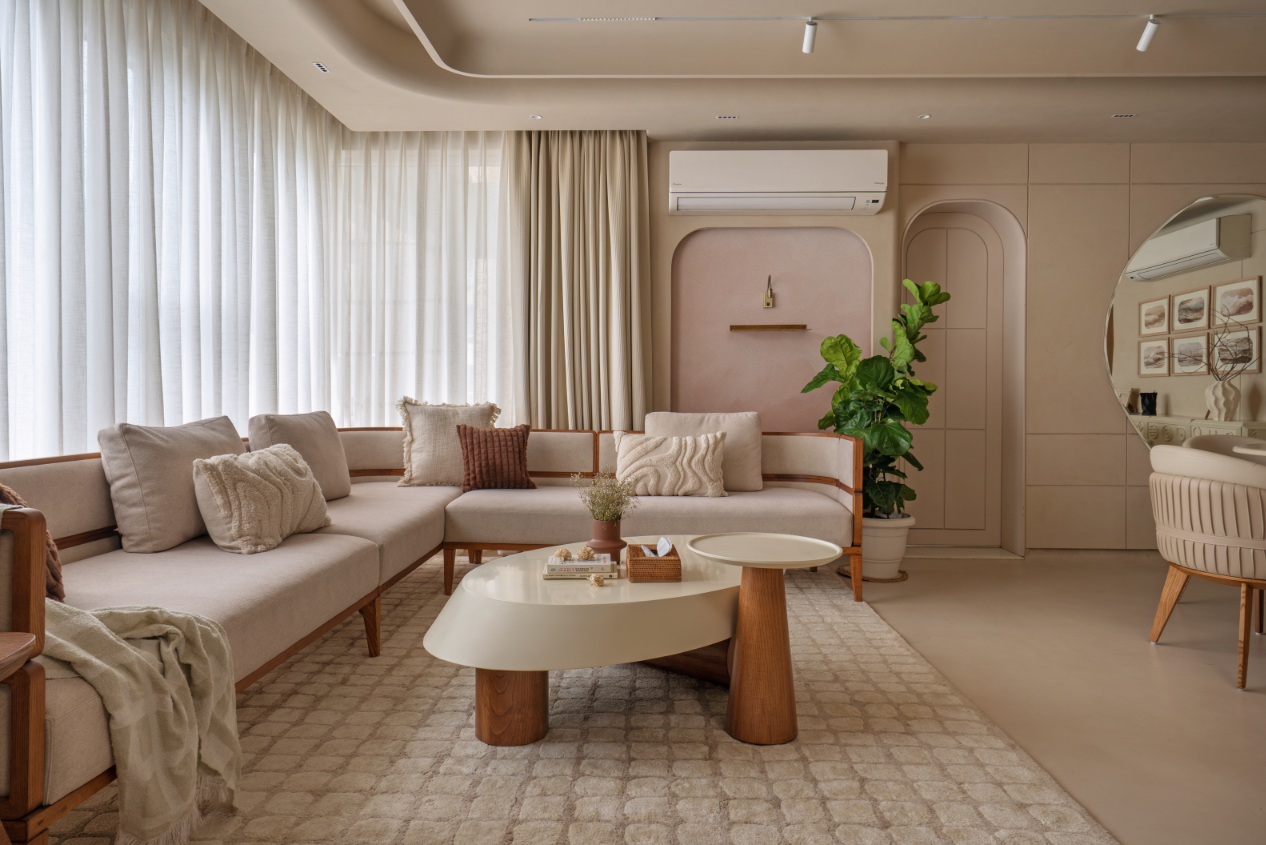To say that true luxury lies in silence in the busy modern times we are living in is not an understatement. Hence it is no surprise that a lot of emphasis is placed on creating quiet, private spaces – from intelligent layouts and advanced materials to nature-inspired buffers. Designers today pay close attention to soundproofing. It has now become highly significant in modern home design and construction—much more than it was even a decade ago.

Further soundproofing isn’t optional anymore. Just like natural light or good ventilation, it is the baseline we expect in a well-designed home. It influences how well we sleep, how clearly we focus on our work and how peaceful a morning feels. Architects are thinking in four intertwined strands to make interiors healthier and calmer: acoustic, spatial, material and environmental design.

When considering design methods to create more peaceful homes it is easier to begin with zoning. It helps to position bedrooms away from street noise, buffering busy areas with service cores, and choosing walls, windows and doors that keep sound where it belongs. Spatial decisions create calm through clear zoning, quiet retreats and flexible rooms that adapt to hybrid living.

Materials and acccessories matter too; low-VOC paints, breathable finishes, cork, bamboo, upholestry and soft furnishings absorb echoes. And environmental ideas bring in daylight, fresh air and greenery. Think cross-ventilation, courtyards, and indoor plants, all of which help the whole home breathe clean. Together, all these elements turn quietness from a technical feature into everyday comfort which ultimately strengthens a home’s value, appeal and wellness quotient.

Beyond the basics, it is also important to note that good soundproofing should not compromise fresh air; so incorporate acoustic-friendly ventilation options or cleverly designed louvers. Design for the future too; remote work and multi-generational living demand flexible solutions that can scale. For example quiet zones that can become home offices or additional insulation that can be upgraded later. By weaving together source control, path management, material choices, and future-ready detailing, a roboust soundproofing strategy becomes an integrated part of daily comfort and home value, rather than an afterthought or a retro-fitting exercise.

Best practices for soundproofing:

- Do start at the planning stage – consider acoustics while designing orientation, zoning, and layout, not just at the end.
- Do zone intelligently – place bedrooms and studies away from kitchens, lifts, and noisy roads.
- Do use mass + insulation – heavy walls (brick, concrete) combined with insulation layers block sound best.
- Do choose high-quality windows & doors – double/triple glazing, laminated glass, and solid-core doors with seals.
- Do seal gaps meticulously – around windows, doors, electrical outlets, and ducts (even a 1% opening can leak up to 50% of noise).
- Do treat both airborne and impact noise – carpets, cork, or acoustic underlays for floors; wall and ceiling treatments for sound absorption.
- Do integrate soft finishes – rugs, curtains, upholstered furniture, and acoustic panels to absorb echo and reverberation.
- Do use buffer spaces – wardrobes, bathrooms, and corridors between noisy and quiet areas.
- Do balance acoustics with ventilation – use acoustic ventilators or soundproof louvers where airflow is needed.
- Do think long-term – select durable, eco-friendly soundproofing materials that also improve energy efficiency.

Mistakes to Avoid
- Don’t ignore site conditions – placing large windows facing busy roads without acoustic glass is a recipe for failure
- Don’t rely only on surface finishes – rugs or curtains help, but structural insulation is key.
- Don’t use hollow-core doors – they transmit sound easily; always opt for solid-core or insulated doors.
- Don’t leave weak points – unsealed electrical sockets, ductwork, or pipe penetrations act as sound leaks.
- Don’t place bedrooms next to lifts, staircases, or shared walls in apartments without added insulation.
- Don’t overuse hard reflective surfaces like marble, tiles, or glass everywhere—these create echoes and amplify sound.
- Don’t confuse sound absorption with sound isolation – acoustic foam absorbs echo but does not block external noise.
- Don’t retrofit as an afterthought – retrofitting is costlier and less effective than planning acoustics from the start.
- Don’t sacrifice daylight and ventilation entirely in the name of soundproofing. Balance is key.
- Don’t forget lifestyle needs – a home office, music room, or home theatre needs stricter soundproofing than a guest room.

Read more about Soundproofing in my article in the Hindu Property Plus.

